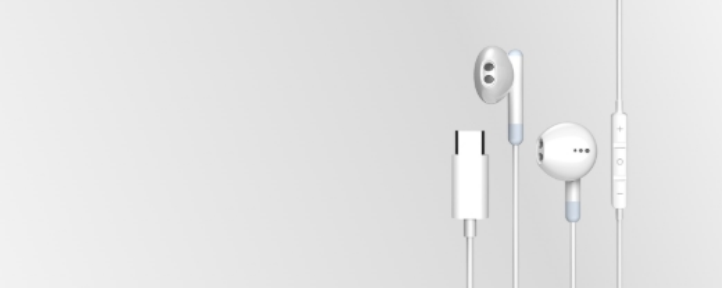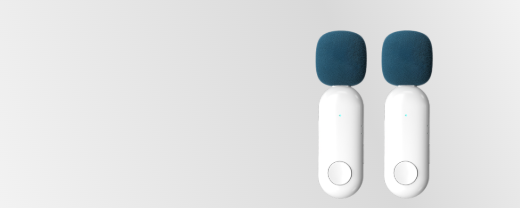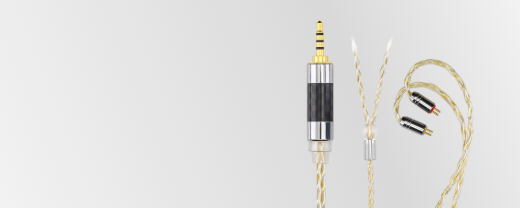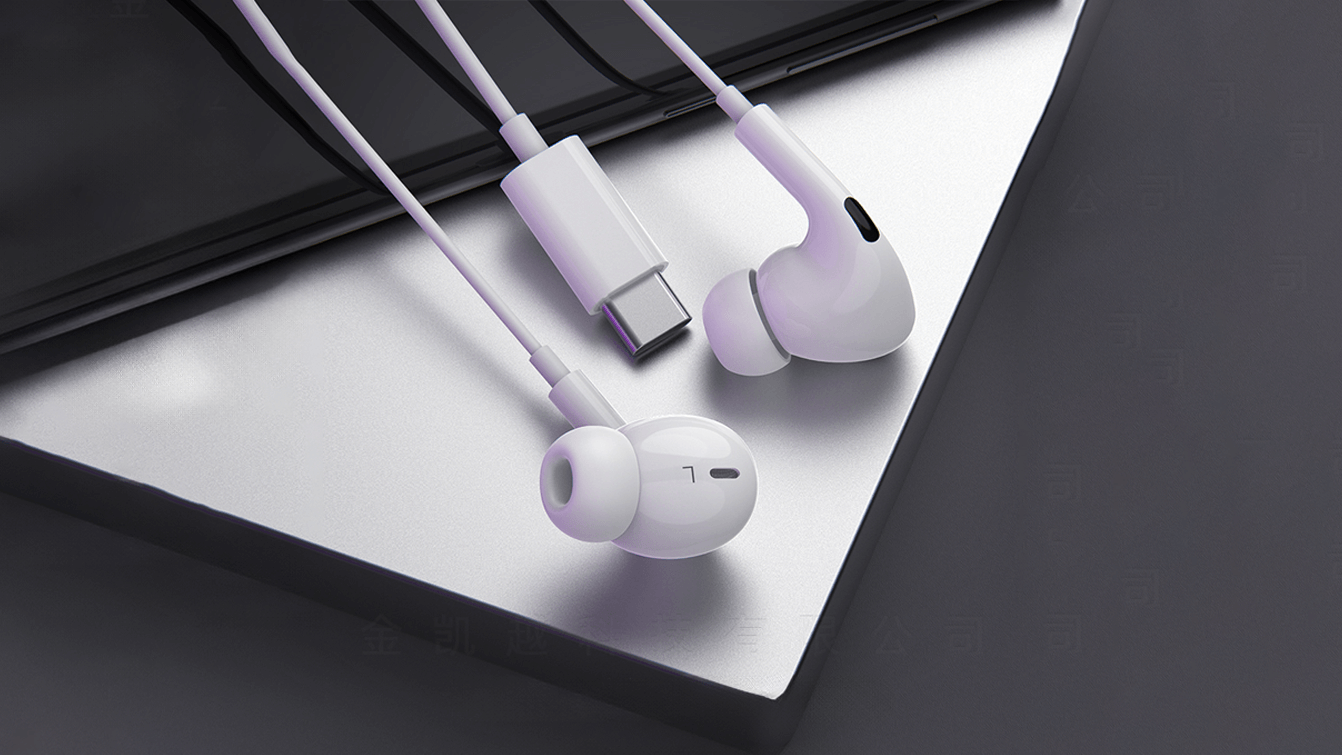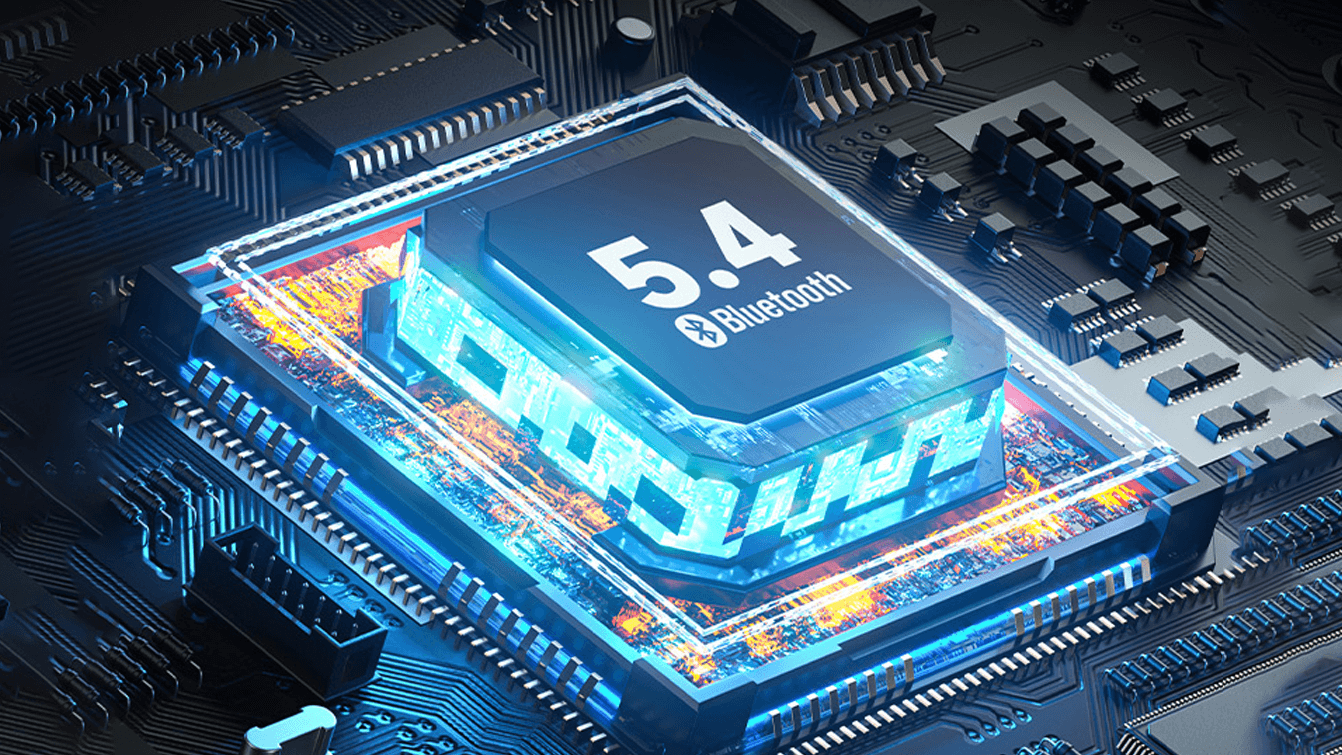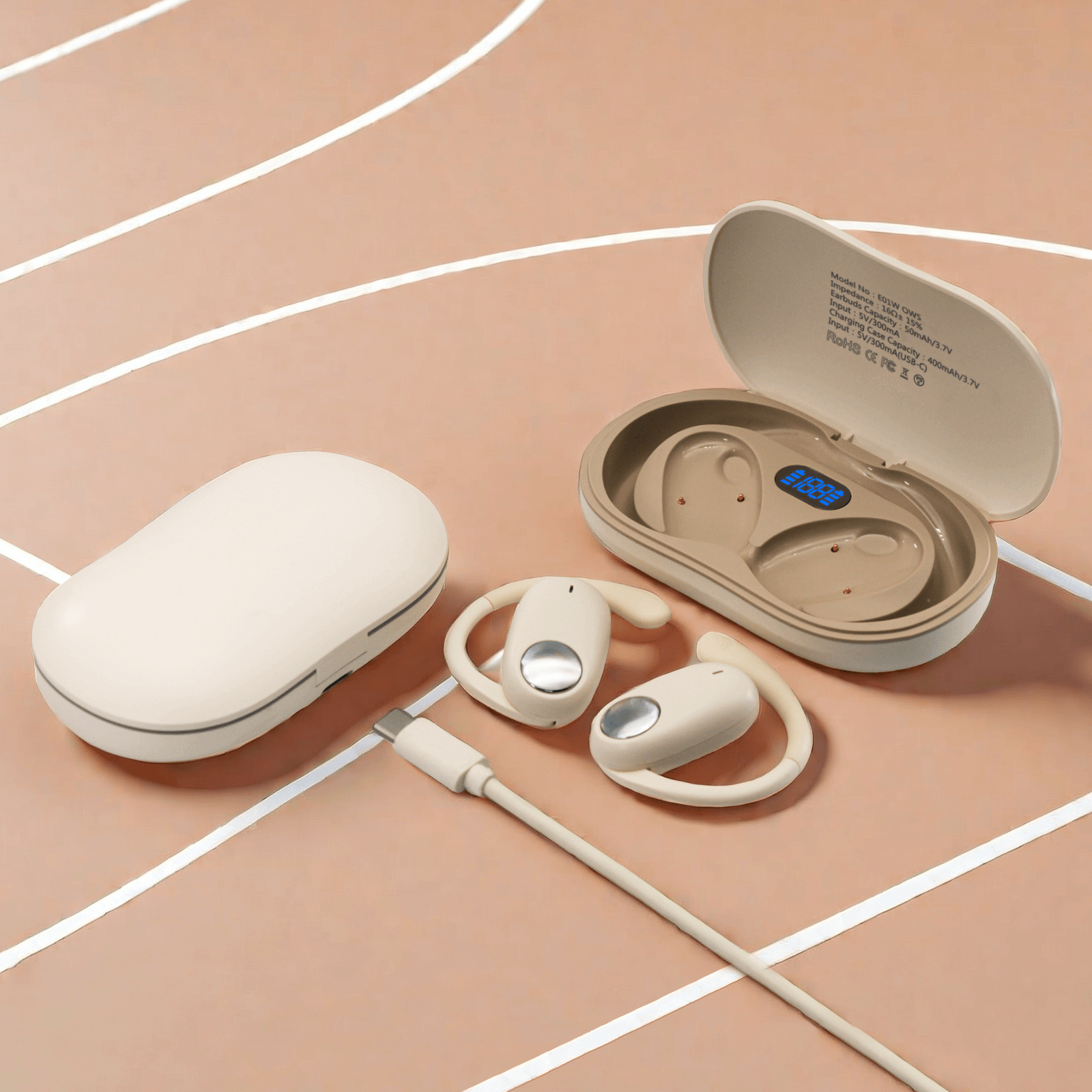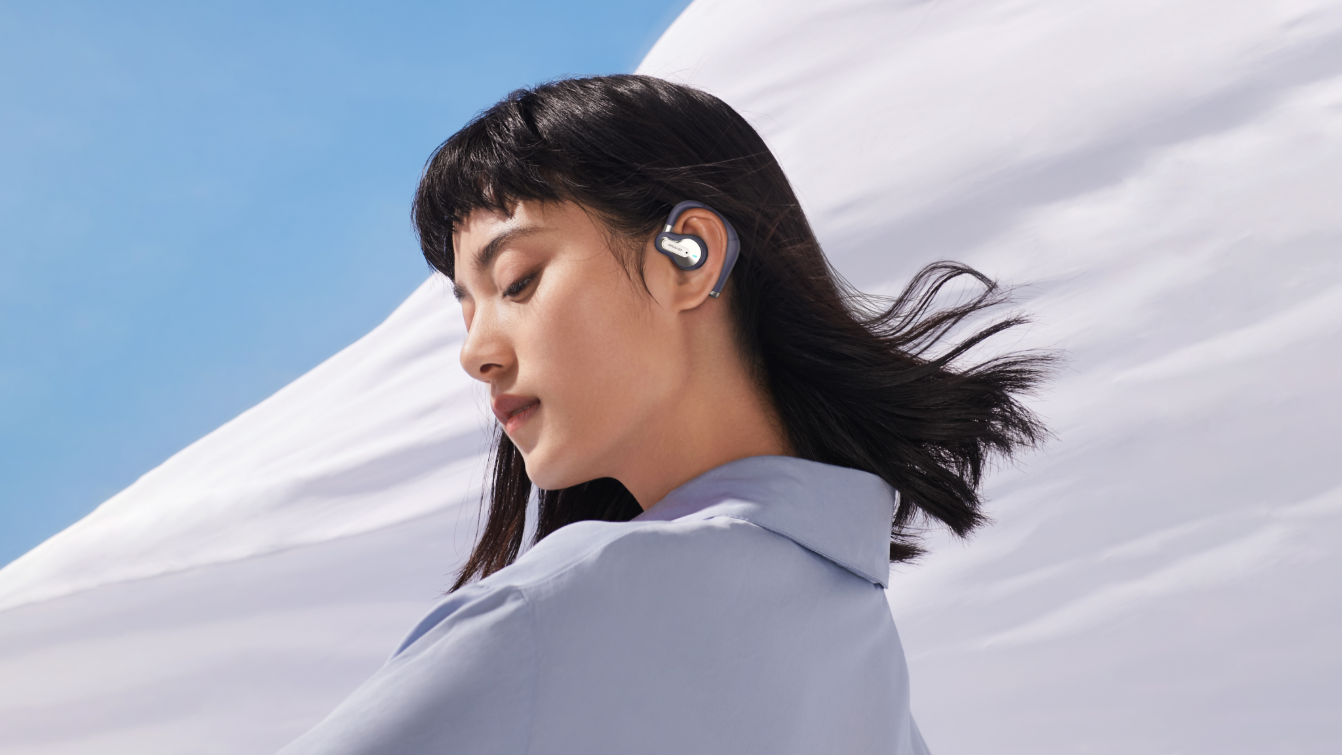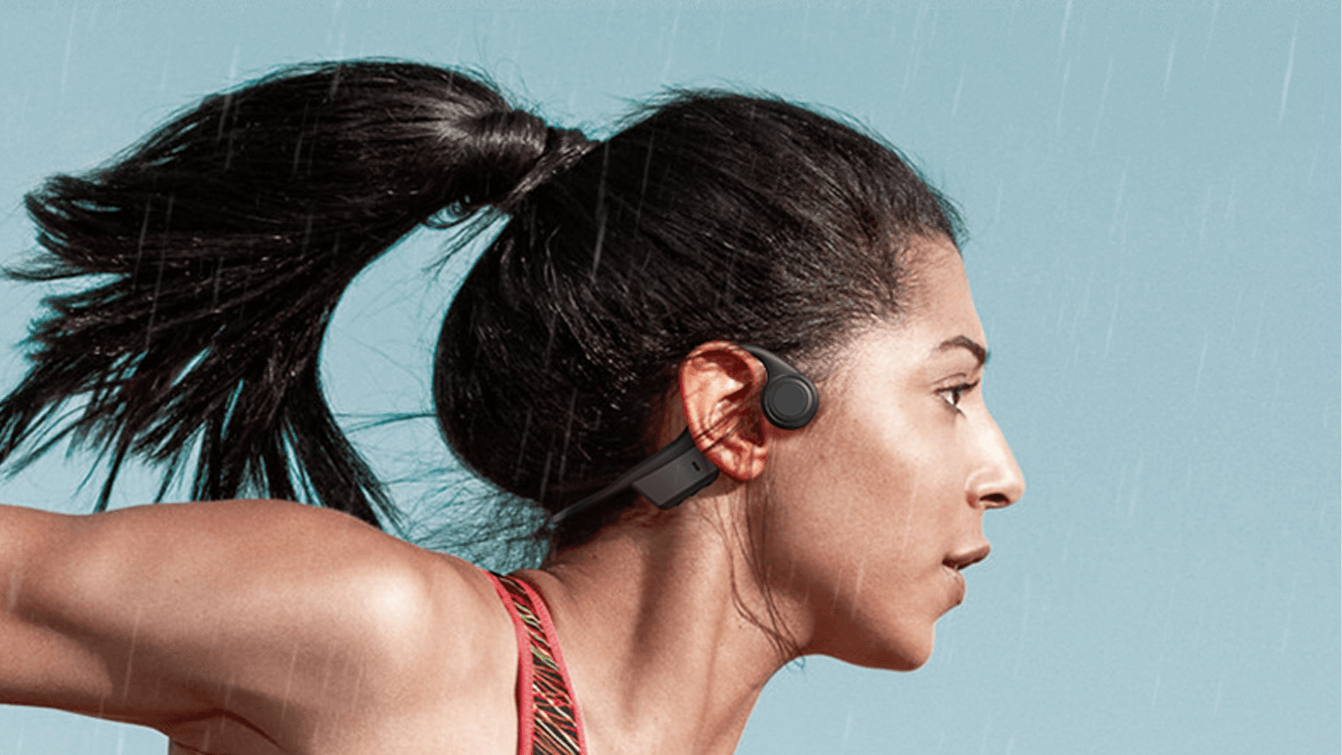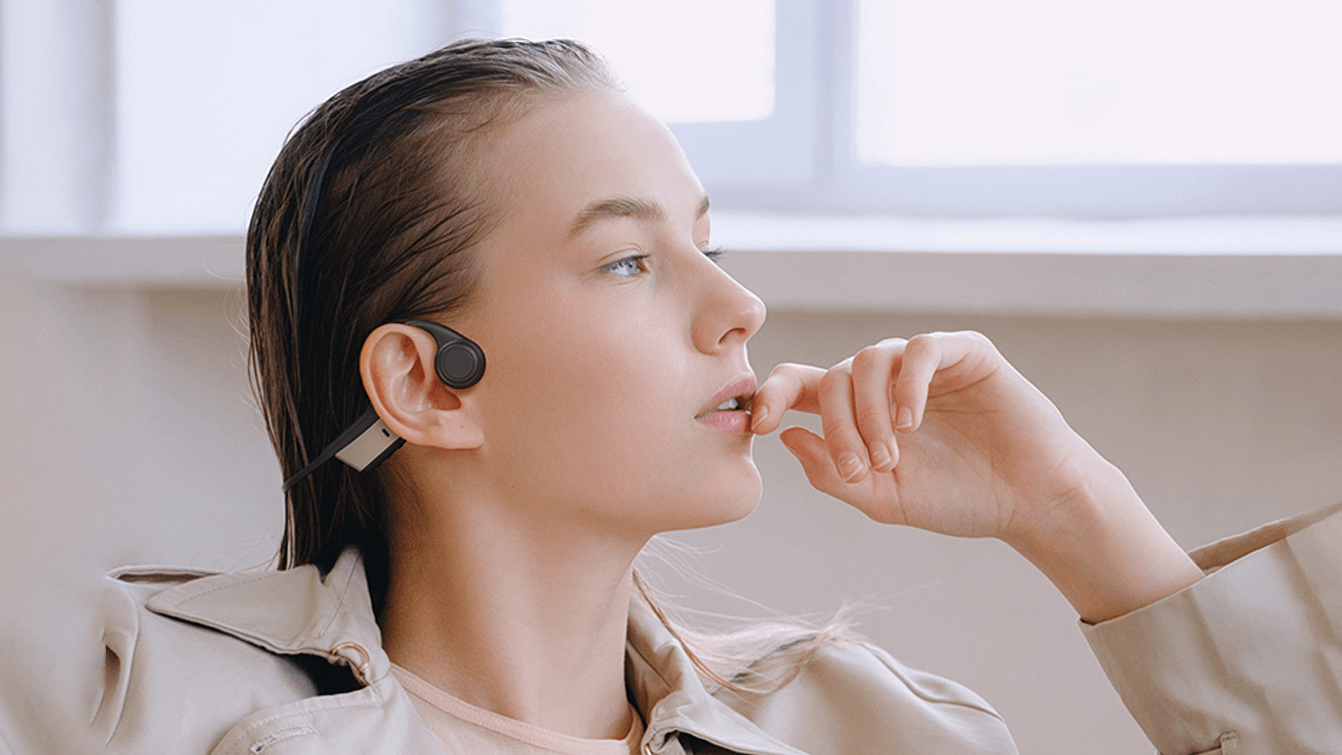
-
Home > NEWS > Product News
Everyone "hates" it, but more and more of them are coming out. Why are Type-C headphones becoming more popular?
Everyone "hates" it, but more and more of them are coming out. Why are Type-C headphones becoming more popular?
It's annoying that mobile phones and professional players have abandoned the 3.5mm headphone jack that everyone has been using for many years and switched to the Type-C interface, but strangely, from first-tier factories to Huaqiangbei, they have all increased the research and development and shipment of Type-C headphones. Why can Type-C make manufacturers forcefully promote it under pressure from users?
Digital VS Analog: The biggest difference between Type-C and 3.5mm
The main difference between 3.5mm jacks and USB-C is the way they transmit audio.
3.5mm jacks transmit audio as analog signals. This means that the conversion from digital to analog occurs at the source end, such as a computer or smartphone. The analog signal is then transmitted to your headphones through wires.
On the other hand, the USB-C interface transmits digital signals. The conversion from digital to analog usually occurs in the headphones, which reduces the distance required for the analog signal to reach the headphones, and also reduces the distortion of the signal during transmission due to wires and external electromagnetic interference.
Beyond that, there are several benefits to using USB-C that are making it increasingly likely that headphone manufacturers will phase out the 3.5mm port:
More space in your device
By eliminating the need for the 3.5mm jack and the charging port to share the same port for audio output, smartphone manufacturers have more space to work with. This allows them to create thinner, more streamlined devices. It also provides space for other components inside the phone, such as external speakers, microphones, or batteries.
Better audio processing components
In addition to more space in your phone, the USB-C connection also allows you to bypass your phone's relatively mediocre DAC chip (digital-to-analog signal chip) or your computer's ordinary onboard sound card and install a better quality DAC and headphone amplifier directly on the headphone end, or even a dedicated DSP chip to further improve the sound quality, which is much easier than laboriously tuning the sound unit circuit part.
Better sound quality
Analog signals tend to deteriorate over long distances, which can introduce static and noise to your audio or make the signal sound weaker. This is especially true for 3.5mm jack headphones, because the analog signal must go from your phone to your headphones, making it susceptible to attenuation and interference along the way.
Digital signals, on the other hand, are more robust and reliable. They do not attenuate over distance because the binary codes that make up the signal can be easily recovered. As mentioned earlier, the conversion from digital to analog is performed by the DAC in the headphones. Since it is closer to the headphone driver unit, it is less susceptible to unwanted signal interference.
Better software features
USB-C connections are not limited to transmitting audio data, but can also accommodate other types of advanced signal communications. This allows headphone manufacturers to incorporate better hardware and software features into their devices, such as active noise reduction, EQ equalization customization, gesture playback functions, and other supporting application functions.
Now, you understand why Type-C headphones are still on the market amidst all the criticism: it represents the completion of digitalization in the "last centimeter" of audio devices.
Purchase: Pay attention to the elements and don't step on the pit
When choosing headphones, sound quality is always an important priority. Since USB-C headphones are usually designed with better DACs and amplifiers, you should have higher expectations for better sound. It is best to check the following factors when purchasing:
Driver type and size
Drivers, commonly known as speakers, come in different types and sizes ranging from 20mm-50mm.
Generally speaking, larger drivers provide louder sound and clearer bass response because larger diaphragms can produce more and more powerful sound waves. But ultimately, the overall sound quality of the driver depends on the balance between size, type, and tuning.
Frequency response
Frequency response refers to the frequency range that headphones accurately reproduce. The standard range is usually 20-20kHz, which is also the range that human ears can hear. However, some headphones will exceed this range (10-45kHz) to ensure that there is no audio clipping and distortion in the frequencies you can actually hear, giving you a better sound quality experience.
Impedance
Impedance refers to the resistance of headphones, which is actually how much power they need to overcome how much resistance to work properly.
Low-impedance headphones (32-80 ohms) don't require much power and can be used with your phone or computer. In contrast, high-impedance headphones (100-600 ohms) require more input power to properly drive the driver unit, so they may only be used on a computer or even with an additional headphone amplifier.
Sensitivity
Sensitivity tells you how loud a pair of headphones can get at a given power level. High-sensitivity headphones (above 110 decibels) require more voltage to make louder sounds, while low-sensitivity headphones require less power and are best used with portable devices.
Wireless Dual Mode
Headphones with optional wireless capabilities are good for increased flexibility of use.
Active Noise Cancellation (ANC)
Headphones with ANC minimize distracting noise, allowing us to focus or hear audio better.
Microphone
If you want to use it for voice calls or game playing, it is important to pick up a Type-C headset with a good microphone. Over-ear headphones generally use a boom microphone, which allows you to pick up sound more clearly because it is closer to your mouth. In addition, microphones with noise cancellation are preferred.
Supporting programs
Another good feature to consider when buying Type-C headphones is the supporting application. Software installed on a smartphone or computer can work with the DAC or DSP chip on the headphone end to help you customize functions and maximize the performance of the headphones. These apps are best with the following features:
EQ equalization customization. Let you use audio presets to customize or improve your sound quality. Firmware updates. Keep all software for EQ, ANC and other controls updated. Personalized control. Let you assign actions to specific buttons and gestures on the headphones. ANC customization. Let you increase or decrease the level of active noise reduction to reduce the "false ear pressure" phenomenon.
(For the false ear pressure phenomenon, please refer to the March 28th Titanium Master WeChat article "Some people say that "no music, selling noise-canceling headphones is useless", is this really the case?") Third-party application access. Let you access your favorite music applications and deeply customize related operations and equalization settings. RGB control. If the headphones have lighting effects, it is fun to play with the lights through the Type-C interface and control program.
comtangME581 USB-C digital headset
comtangME581 USB-C digital headset, built-in custom sound quality optimization driver, ergonomic design, widely compatible with a variety of devices;
Custom audio driver and sound quality optimization
Built-in high-quality professional USB-C codec, 8-band equalizer adjustment, advanced custom audio driver, carefully tuned by professional audio engineers, to provide an unparalleled sound quality experience. This includes deeper bass, clearer mids and more delicate highs to meet the needs of music lovers and professionals.
Low power design
By optimizing the energy management of the headset, your company's USB-C headset has significantly improved its battery life compared to other headsets, providing longer continuous playback time and reducing the user's charging frequency, making it more suitable for long-distance travel or long-term use requirements.
Ergonomic design and comfort
The design of the headset pays more attention to the user's comfort, ergonomic design and high-quality materials to ensure that it will not cause ear discomfort even if worn for a long time. In addition, the headset may be equipped with earplugs of various sizes to adapt to the ear sizes of different users, providing a more personalized and tight fit.
Smart connection and control functions
Integrating smarter connection and control functions, integrated touch operation, voice assistant support and customizable applications, allowing users to more conveniently control playback, answer calls, activate voice assistants, and provide a richer and more convenient user experience.
Wide Compatibility
For HUAWEI Mate10/20/30/40/50/P20/30/40.....USB-C Earphones for iPhone 15/15Plus/15Pro/15 Pro Max For iPad Pro 2020 2021. For iPad Air 4th 2022. For iPad Mini 6th (2021), For MacBook/MacBook Pro, For Samsung Galaxy S21 FE/S21/S21 Plus/S21 Ultra/S20 FE/S20/S20 Plus/S20 Ultra/Note 20/20 Ultra/10/10 Plus Galaxy Z Fold/Flip 3/S22/S22+/S23/S24 Ultra/A53/A33/Galaxy Tab S8+5G, Google Pixel6 6 Pro 5 4a 3a XL 4 XL 3 2 XL, other PCs and other devices with USB C audio ports.
Environmental protection and sustainable development
We focus on environmental protection and sustainable development, and our products and packaging use environmentally friendly materials.
After reading this, are you ready to buy comtang ME581 USB-C digital headset? If you have any questions, please leave a message: stanley.yang@szcomtang.com
Get the latest price? We'll respond as soon as possible(within 12 hours)


